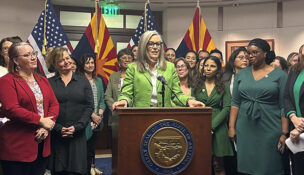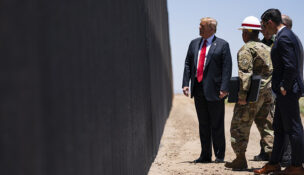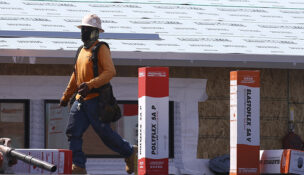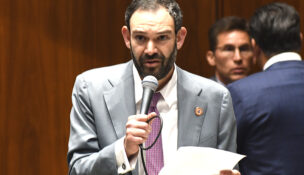Top billing to typos: Ballot blunders abound
Arizona Capitol Reports Staff//October 27, 2006//[read_meter]
Top billing to typos: Ballot blunders abound
Arizona Capitol Reports Staff//October 27, 2006//[read_meter]
While everyone is worried about high-tech glitches fouling the vote counts this Election Day, some of the biggest fumbles on the way to the ballot box are turning out to...
No tags for this post.

















